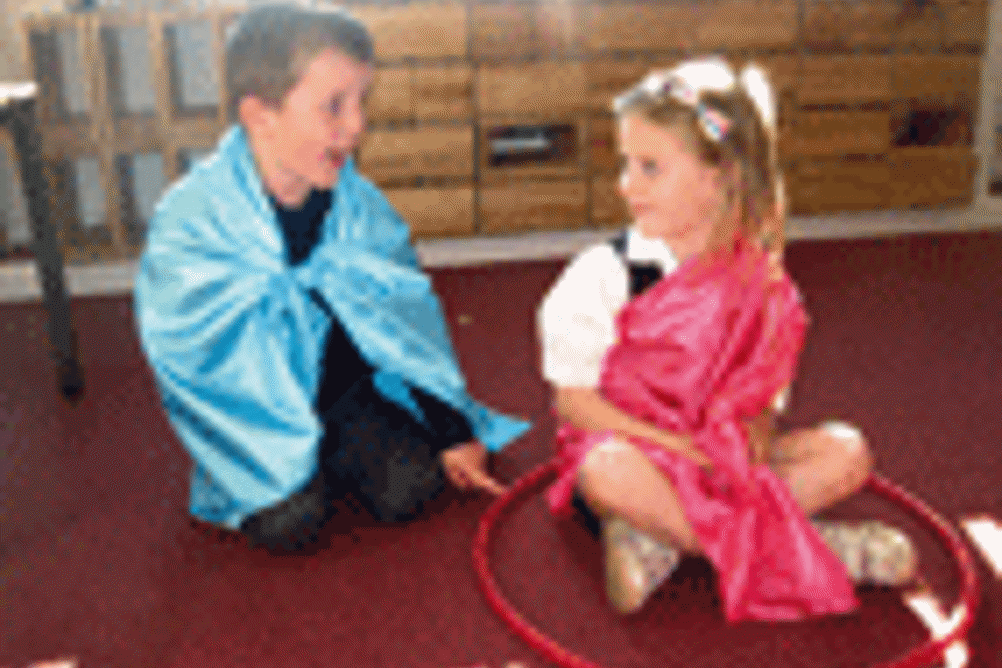
Creating experiences in which children can express ideas through improvisation, role-play and storytelling doesn't always come naturally to staff in early years settings. Perhaps it's down to the natural British reserve that limits so many. The thought of breaking out into spontaneous dance or impromptu imaginative role play leaves some adults frozen to the spot with terror!
The Creative Development area of learning requires practitioners to create opportunities for children to express themselves in a number of ways, 'through a variety of art, music, movement, dance, imaginative and role activities, mathematics, and design and technology' (Early Years Foundation Stage practice guidance). As part of continuous provision, most settings now have well-resourced 'creative or making areas', well stocked with a diverse array of materials and media such as paper, card, crayons, paints, scissors, glue, sellotape, masking tape and junk. These easily accessible resources provide staff with plenty of opportunities to capture a child's creativity as they explore the media and materials.
Register now to continue reading
Thank you for visiting Nursery World and making use of our archive of more than 35,000 expert features, subject guides, case studies and policy updates. Why not register today and enjoy the following great benefits:
What's included
-
Free access to 4 subscriber-only articles per month
-
Unlimited access to news and opinion
-
Email newsletter providing activity ideas, best practice and breaking news
Already have an account? Sign in here









